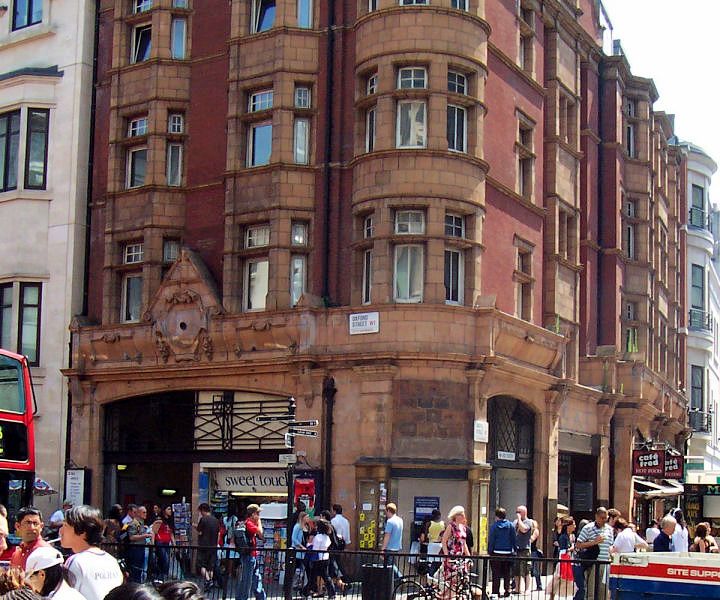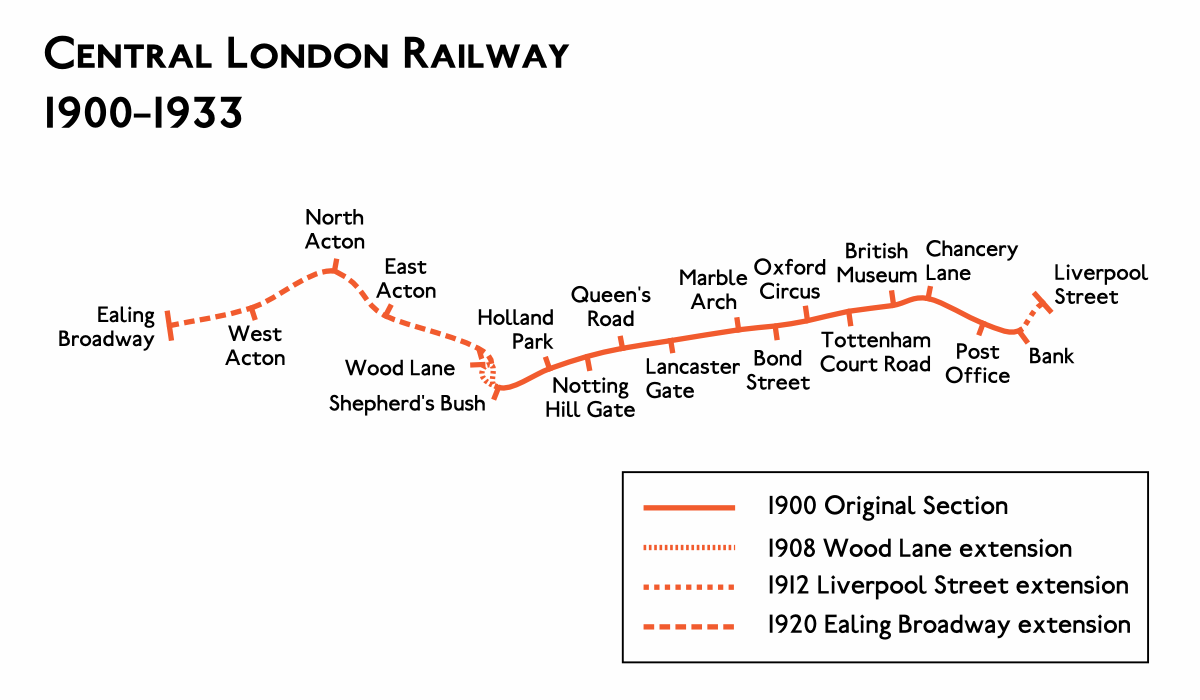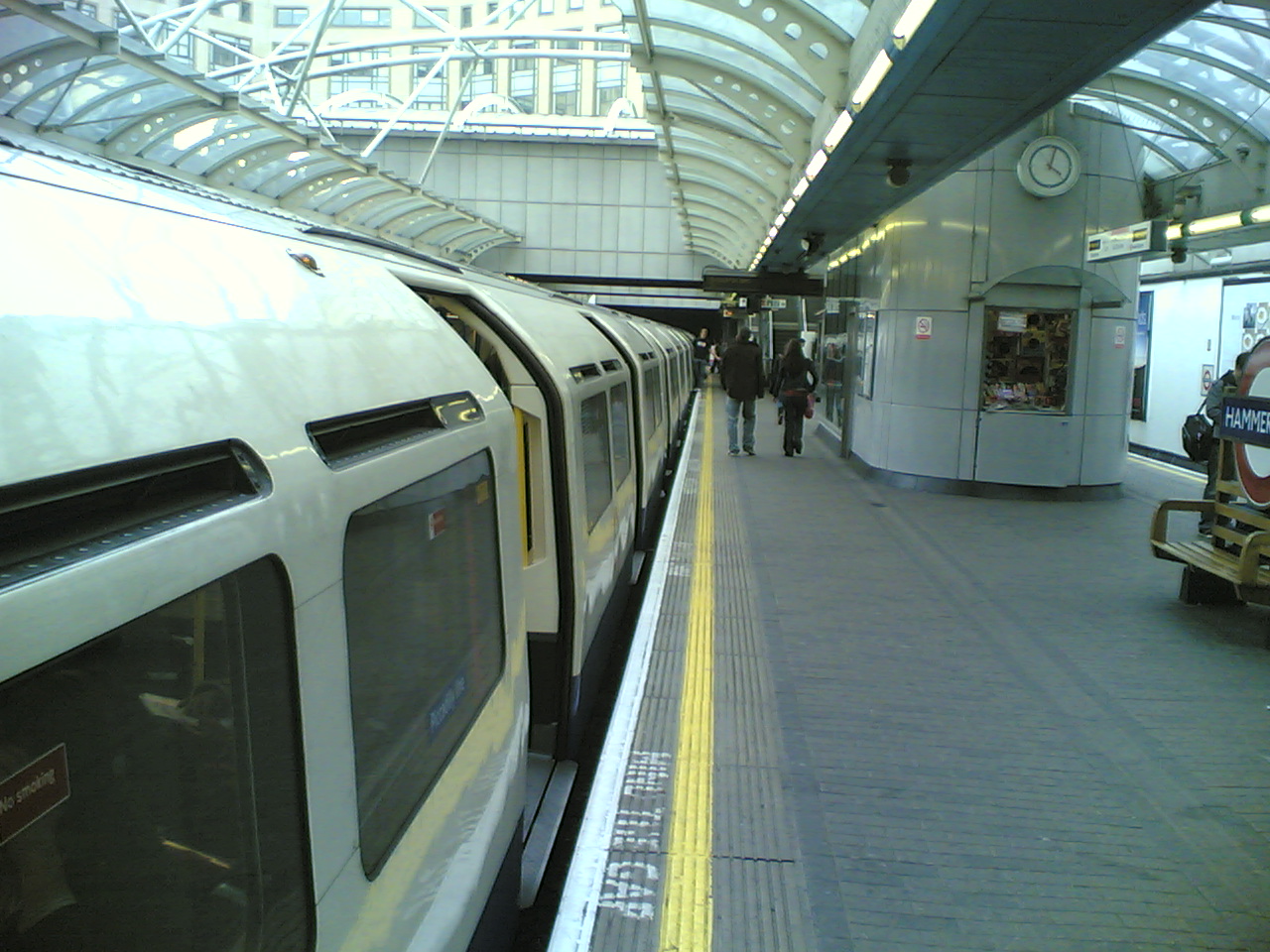|
Hammersmith (Grove Road) Railway Station
Hammersmith (Grove Road) was a railway station on the London and South Western Railway (LSWR), located on Grove Road (now Hammersmith Grove) in Hammersmith, west London. It was opened in 1869 and closed in 1916. For much of its existence, the station was also served by the Metropolitan Railway (MR; the precursor to today's Metropolitan line) and the Great Western Railway (GWR). Its site was adjacent to another station named Hammersmith, which today is served by the Circle and Hammersmith & City lines. LSWR trains serving Hammersmith (Grove Road) ran from Waterloo via Addison Road (now called Kensington (Olympia)) to Richmond. MR and GWR trains ran from Paddington via the Hammersmith & City Railway (HCR; now the Hammersmith & City line) and also on to Richmond. History Hammersmith (Grove Road), as it was officially named but often referred to as simply Hammersmith, was opened on 1 January 1869 by the LSWR on a new branch line from a junction with the West London Joint Rai ... [...More Info...] [...Related Items...] OR: [Wikipedia] [Google] [Baidu] |
London And South Western Railway
The London and South Western Railway (LSWR, sometimes written L&SWR) was a railway company in England from 1838 to 1922. Originating as the London and Southampton Railway, its network extended to Dorchester and Weymouth, to Salisbury, Exeter and Plymouth, and to Padstow, Ilfracombe and Bude. It developed a network of routes in Hampshire, Surrey and Berkshire, including Portsmouth and Reading. The LSWR became famous for its express passenger trains to Bournemouth and Weymouth, and to Devon and Cornwall. Nearer London it developed a dense suburban network and was pioneering in the introduction of a widespread suburban electrified passenger network. It was the prime mover of the development of Southampton Docks, which became an important ocean terminal as well as a harbour for cross channel services and for Isle of Wight ferries. Although the LSWR's area of influence was not the home of large-scale heavy industry, the transport goods and mineral traffic was a major activity, a ... [...More Info...] [...Related Items...] OR: [Wikipedia] [Google] [Baidu] |
Shepherd's Bush Railway Station (1869-1916)
Shepherd's Bush station is a railway station located in the district of Shepherd's Bush in Greater London, England, UK. It opened on 29 September 2008 on the West London line and is served by London Overground and Southern rail services. It lies within Travelcard Zone 2. A number of stations in the area both past and present have borne the name ''Shepherd's Bush''; today the National Rail station shares its name with the adjacent Central line , with which it shares a surface-level interchange. An entirely separate London Underground station, on the Circle line and Hammersmith & City line located approximately 500 metres (0.3 miles) away was originally called ''Shepherd's Bush''. This station was renamed on 12 October that year to ''Shepherd's Bush Market'' to avoid confusion. History Previously a station existed almost on the same site as the present Shepherd's Bush station. Uxbridge Road station was opened in 1869 by London & North Western Railway and the Great Weste ... [...More Info...] [...Related Items...] OR: [Wikipedia] [Google] [Baidu] |
Railway Stations In Great Britain Opened In 1869
Rail transport (also known as train transport) is a means of transport that transfers passengers and goods on wheeled vehicles running on rails, which are incorporated in tracks. In contrast to road transport, where the vehicles run on a prepared flat surface, rail vehicles (rolling stock) are directionally guided by the tracks on which they run. Tracks usually consist of steel rails, installed on sleepers (ties) set in ballast, on which the rolling stock, usually fitted with metal wheels, moves. Other variations are also possible, such as "slab track", in which the rails are fastened to a concrete foundation resting on a prepared subsurface. Rolling stock in a rail transport system generally encounters lower frictional resistance than rubber-tyred road vehicles, so passenger and freight cars (carriages and wagons) can be coupled into longer trains. The operation is carried out by a railway company, providing transport between train stations or freight customer faciliti ... [...More Info...] [...Related Items...] OR: [Wikipedia] [Google] [Baidu] |
Former London And South Western Railway Stations
A former is an object, such as a template, gauge or cutting die, which is used to form something such as a boat's hull. Typically, a former gives shape to a structure that may have complex curvature. A former may become an integral part of the finished structure, as in an aircraft fuselage, or it may be removable, being using in the construction process and then discarded or re-used. Aircraft formers Formers are used in the construction of aircraft fuselage, of which a typical fuselage has a series from the nose to the empennage, typically perpendicular to the longitudinal axis of the aircraft. The primary purpose of formers is to establish the shape of the fuselage and reduce the column length of stringers to prevent instability. Formers are typically attached to longerons, which support the skin of the aircraft. The "former-and-longeron" technique (also called stations and stringers) was adopted from boat construction, and was typical of light aircraft built until the ad ... [...More Info...] [...Related Items...] OR: [Wikipedia] [Google] [Baidu] |
Paddington Tube Station (Circle And Hammersmith & City Lines)
Paddington is a London Underground station served by the Circle and Hammersmith & City lines. It is located adjacent to the north side of Paddington mainline station and has entrances from within the mainline station and from Paddington Basin. The station is between Royal Oak and Edgware Road and is in London Fare Zone 1. The station is one of two separate Underground stations of the same name. The other station, on Praed Street to the south of the mainline station, is served by the Bakerloo, Circle and District lines. Although shown on the London Underground map as a single station, the two stations are not directly linked and interchange between them is via the concourse of the mainline station. History Metropolitan Railway The station was opened as ''Paddington (Bishop's Road)'' by the Metropolitan Railway (MR, later the Metropolitan line) on 10 January 1863 as the western terminus of the world's first underground railway. The station building was located on the road b ... [...More Info...] [...Related Items...] OR: [Wikipedia] [Google] [Baidu] |
Shepherd's Bush Market Tube Station
Shepherd's Bush Market is a London Underground station in the district of Shepherd's Bush in west London, England. It is on the Circle line (London Underground), Circle and Hammersmith & City line, Hammersmith & City Lines, between Goldhawk Road tube station, Goldhawk Road and Wood Lane tube station, Wood Lane stations, and it is in Travelcard Zone 2. Shepherd's Bush Market, from which the station takes its name, is an open-air market which runs parallel to the railway line. History The Metropolitan Railway (MR) opened the original station on 13 June 1864 as Shepherd's Bush on its new extension to Hammersmith tube station (Circle and Hammersmith & City lines), Hammersmith. It was in the Shepherd's Bush Market area just south of Uxbridge Road. From 1 October 1877 until 31 December 1906 the MR also ran direct services along this line to Richmond station (London), Richmond via . The original Shepherd's Bush station closed in 1914 to be replaced by two new stations which opened ... [...More Info...] [...Related Items...] OR: [Wikipedia] [Google] [Baidu] |
West Brompton Tube Station
West Brompton is a London Underground, London Overground and National Rail station on Old Brompton Road ( A3218) in West Brompton, located in west London, and is on the District line and West London Line (WLL). It is immediately south of the demolished Earls Court Exhibition Centre and west of Brompton Cemetery in the Royal Borough of Kensington and Chelsea. The station is on the branch of the District line between and stations. On the WLL, National Rail services are provided by Southern and London Overground, in between and stations. The station's location on the WLL forms a borough boundary and its tracks are shared between Kensington & Chelsea and the London Borough of Hammersmith and Fulham. Since 2000 it has been a Grade II (starting category) Listed Building. History The West London Extension Joint Railway (WLEJR) was opened in the early 1860s. It joined the southern end of the West London Joint Railway at Kensington (Olympia) station with Clapham Junction statio ... [...More Info...] [...Related Items...] OR: [Wikipedia] [Google] [Baidu] |
Shepherd's Bush Tube Station
Shepherd's Bush is a London Underground station in the district of Shepherd's Bush in the London Borough of Hammersmith and Fulham. The station is on the Central line, between and stations, and it lies in Travelcard Zone 2. The station originally opened in 1900, but was closed for eight months in 2008 while the surface station building was replaced with a completely new structure and the underground station refurbished. A number of stations in the area both past and present have borne the name ''Shepherd's Bush''; today the Central line station shares its name with the adjacent London Overground station, with which it shares a surface-level interchange. An entirely separate London Underground station, on the Circle and Hammersmith & City lines is located approximately away. Until 2008, it too was called ''Shepherd's Bush'' until it was renamed to avoid confusion. History The station opened on 30 July 1900 and was the original western terminus of the Central London ... [...More Info...] [...Related Items...] OR: [Wikipedia] [Google] [Baidu] |
Central Line (London Underground)
The Central line is a London Underground line that runs through central London, from , Essex, in the north-east to and in west London. Printed in red on the Tube map, the line serves 49 stations over . It is one of only two lines on the Underground network to cross the Greater London boundary, the other being the Metropolitan line. One of London's deep-level railways, Central line trains are smaller than those on British main lines. The line was opened as the Central London Railway in 1900, crossing central London on an east–west axis along the central shopping street of Oxford Street to the financial centre of the City of London. It was later extended to the western suburb of Ealing. In the 1930s, plans were created to expand the route into the new suburbs, taking over steam-hauled outer-suburban routes to the borders of London and beyond to the east. These projects were mostly realised after Second World War, when construction stopped and the unused tunnels were used as air ... [...More Info...] [...Related Items...] OR: [Wikipedia] [Google] [Baidu] |
Central London Railway
The Central London Railway (CLR), also known as the Twopenny Tube, was a deep-level, underground "tube" railwayA "tube" railway is an underground railway constructed in a cylindrical tunnel by the use of a tunnelling shield, usually deep below ground level. Contrast "cut and cover" tunnelling. that opened in London in 1900. The CLR's tunnels and stations form the central section of the London Underground's Central line. The railway company was established in 1889, funding for construction was obtained in 1895 through a syndicate of financiers and work took place from 1896 to 1900. When opened, the CLR served 13 stations and ran completely underground in a pair of tunnels for between its western terminus at Shepherd's Bush and its eastern terminus at the Bank of England, with a depot and power station to the north of the western terminus.Length of line calculated from distances given at After a rejected proposal to turn the line into a loop, it was extended at the western end t ... [...More Info...] [...Related Items...] OR: [Wikipedia] [Google] [Baidu] |
Hammersmith Tube Station (District And Piccadilly Lines)
Hammersmith is a London Underground station in Hammersmith. It is on the District line between Barons Court and Ravenscourt Park, and on the Piccadilly line between Barons Court and Acton Town or Turnham Green at very early morning and late evening hours. The station is in Travelcard Zone 2. The Hammersmith & City line's and Circle line's station of the same name is a separate station to the north-west. The two stations are separated by Hammersmith Broadway.As the crow flies, the stations are about apart door to door, although the positions of the pedestrian crossings on the Broadway makes it more like on foot. Seherefor a close-up map. The north of the two roundels is the Hammersmith & City line station, the south one is the Piccadilly and District lines station. The lifts at this station, which were replaced towards the end of 2013, provide step-free access between the platforms and the main entrance on Hammersmith Broadway. History The station was opened on 9 Septemb ... [...More Info...] [...Related Items...] OR: [Wikipedia] [Google] [Baidu] |
_station%2C_1894.jpg)






